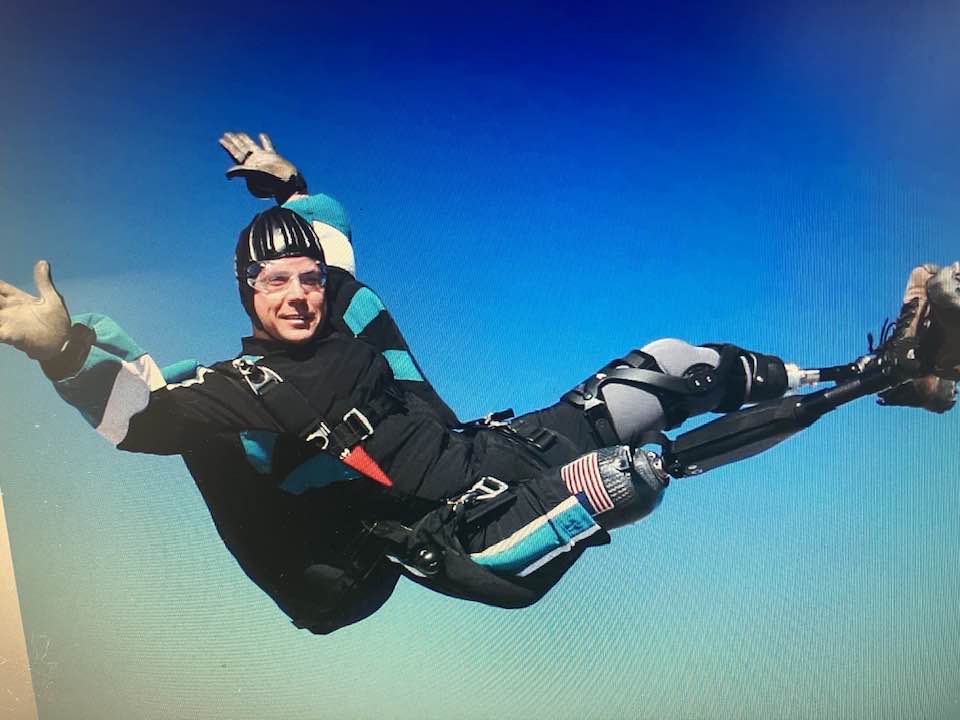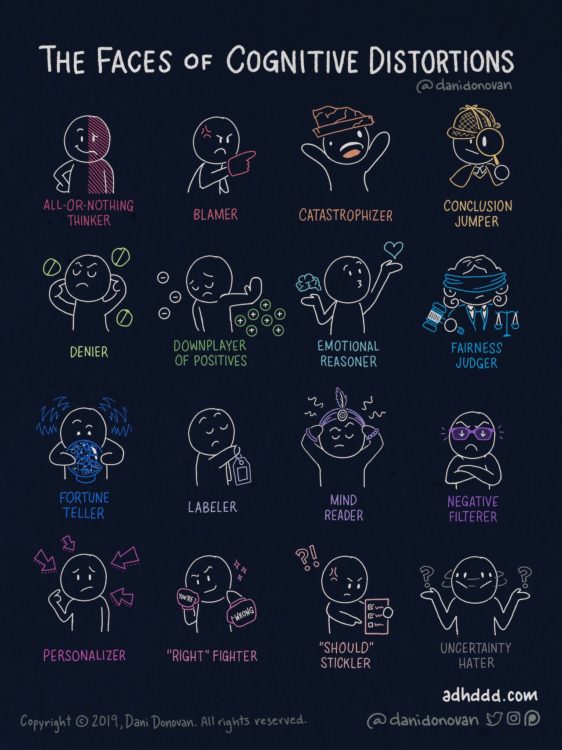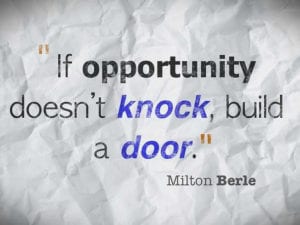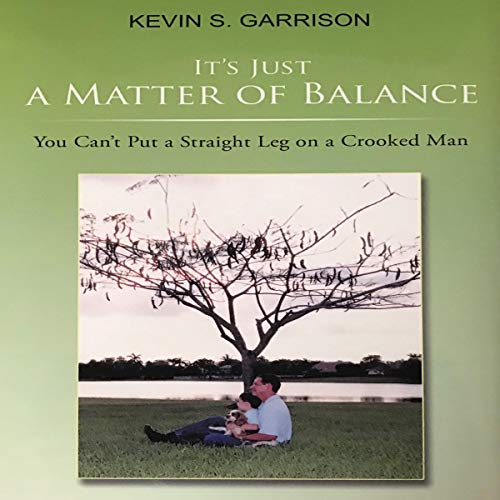
There is at least 15 amputation analytics that may inspire you, Limb loss is much more common than many people realize, and the numbers are growing. By learning the facts about limb loss, we can start to be better advocates for our friends and family, feel less alone during our journey with limb loss, and raise awareness through meaningful, fact-based discussion.
Amputation Analytics Start With Statistics
Here are the 15 amputation analytics that may inspire you:
- There are 2.1 million people living with limb loss in the USA, and that number is expected to double by 2050.
- 185,000 people have an amputation each year. This means that 300 to 500 amputations are performed every day.
- 1,558 military personnel lost a limb as a result of the wars in Afghanistan and Iraq.
- Around 30% of people with limb loss experience depression and anxiety. Foot ulcers cause 85% of amputations, especially when combined with diabetes.
- Lifetime healthcare costs for people with limb loss is $509,275 compared to $361,200 for people without limb loss.
- African Americans are 4 times more likely to have an amputation than White Americans.
- A foot or leg amputation costs between $30,000 and $60,000 in initial hospital costs. Follow-up care over the next three years is between $43,000 and $60,000.
- Having diabetes and have a lower extremity amputation gives you a 55% chance of a second operation within 2‐3 years
- Nearly half of the individuals who have an amputation due to vascular disease will die within 5 years. This is higher than the five-year mortality rates for breast cancer, colon cancer, and prostate cancer.
- There is a 47% expected increase in below-knee amputations from 1995-2020.
- Below-knee amputations are the most common amputations, representing 71% of dysvascular amputations1; there is a 47% expected increase in below-knee amputations from 1995-2020.
- The estimated cost to American private & public insurance agencies is $12 billion annually.
- There are more than 1 million annual limb amputations globally -—one every 30 seconds.
- The International Diabetes Federation (IDF) predicts that the current global prevalence of diabetes will burgeon from 285 million to reach 435 million by 2030.
15 Amputation Analytics That May Inspire You
Again there is at least 15 amputation analytics that may inspire you. No two amputations are the same. An accident, injury, illness, or disease may cause doctors to amputate a limb. Sometimes referred to as “congenital amputation,” a person’s body formation in the womb can result in other limb differences.
Don’t lump the experiences of all people with a limb differences together.
Like any group of individuals who share a specific characteristic, no two people with limb differences are the same. For example, the experiences of arm amputees are different from leg amputees. Being a congenital amputee means you never suffered the loss.
Amputation can actually improve a person’s quality of life.
Some people have very painful and debilitating conditions even though they have all of their limbs. For those people, having a limb amputated can actually restore their mobility and quality of life.
Don’t make assumptions about what amputees’ lives are.
People say they wouldn’t be able to do the things amputees do if they were missing limbs themselves. If they lost their legs right now, they would have to lie in a bed for the rest of their life. These assumptions about amputees are fear and an inability to see themselves missing a leg or an arm. Disbelief is a phase amputees have to go through. You would be able to figure it out and live with it. Don’t assume you know where an amputee has come from or what they have gone through. Physical differences make life more challenging because the world wasn’t built for amputees. Everyone has challenges to deal with. Amputees have more visible ones.
But most importantly of all, be comfortable around us! It’s okay to laugh with someone if they’re making a joke about their amputation or limb difference. If an amputee is laughing about it, you should laugh with them too because it’s probably hilarious! You can always cume up with at least 15 amputation analytics that may inspire you.




